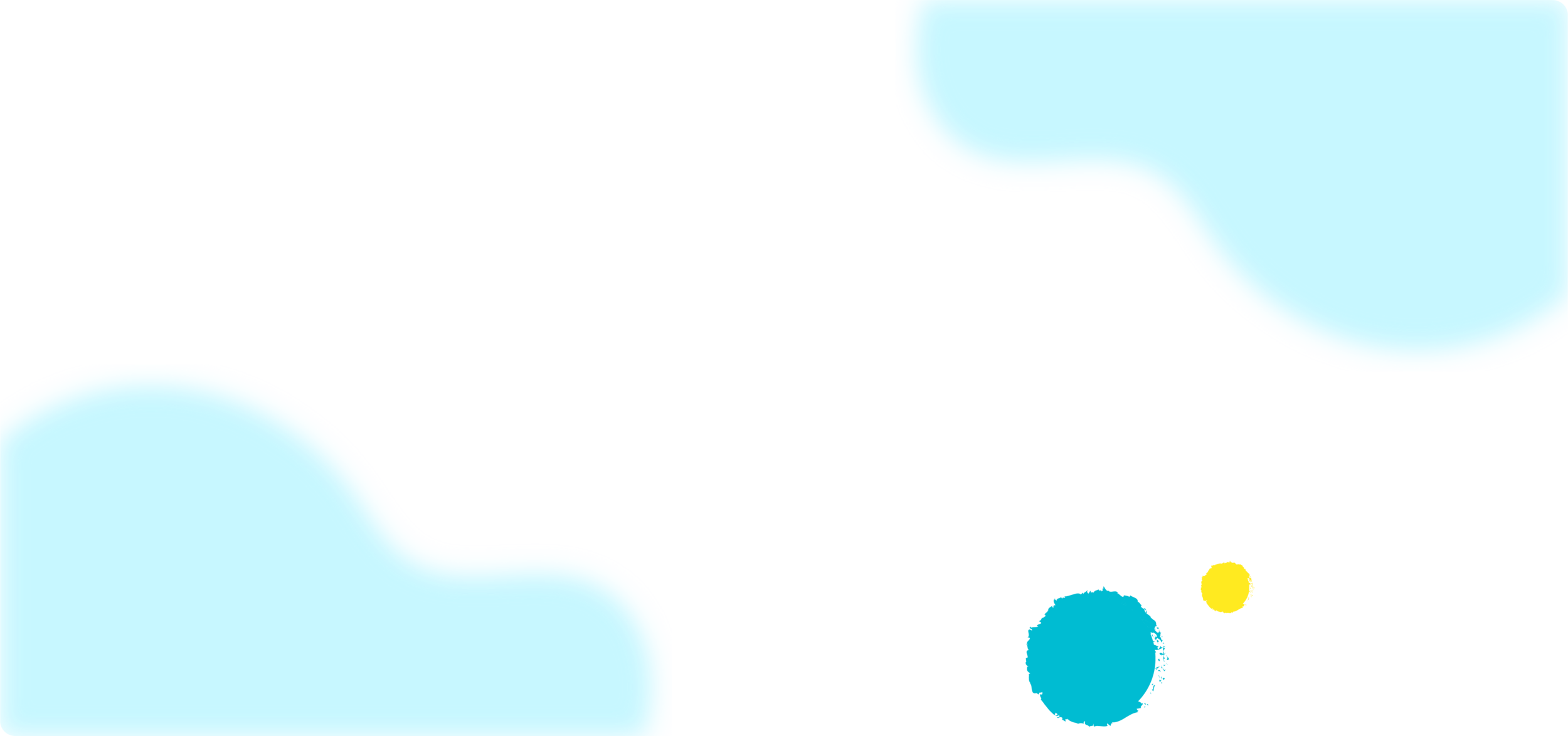
Ireland Standards Alignments
Education Standards Alignment with Crayola Creativity Week
Supporting Learning through Cross-Curricular, Creative Learning Experiences
Oral Language
Communicating
Actively listen and extract meaning and enjoyment from conversations and texts in a range of genres and where possible, in various languages.
Choose, listen to, critically respond to and create texts in a range of genres and in other languages where appropriate, across the curriculum for pleasure, interest, and specific purposes.
Explore how culture and identity can influence how people communicate with others, verbally and non-verbally.
Understanding
Demonstrate understanding by listening actively to, understanding, analysing and responding appropriately to conversations and texts in a range of genres and across other languages where appropriate.
Respond creatively and critically to what they have heard and experienced.
Exploring and Using
Express personal needs, opinions and preferences, explaining and justifying their perspective.
Create narratives and retell stories and events, both real and imaginary, for various audiences, using imaginative and figurative language, elaborating where appropriate.
Use language playfully and creatively in their own conversations and texts and across other languages as appropriate.
Analyse and select information to communicate ideas and opinions for a variety of purposes, such as informing, debating, explaining, justifying and persuading.
Describe, predict, reflect upon and evaluate actions, events, processes, feelings and experiences relating to a wide range of real and imaginary contexts.
Reading
Communicating
Attend to, take part in and enjoy listening to reading and talking about the meaning and interpretation of written words and illustrations with others, recognising themselves as readers.
Engage with texts of increasing complexity and discover and explore texts in various languages.
Choose, read and critically respond to texts in a range of genres and languages across the curriculum for pleasure, interest and specific purposes.
Understanding
Recognise and compare sounds in words in English, Irish, other languages and across dialects and accents
Use a range of word identification strategies flexibly and with confidence when reading instructional and independent-level texts across the curriculum.
Exploring and Using
Identify and discuss features of texts which convey a particular purpose, genre , or voice and infer meanings which are not explicitly stated.
Respond to the aesthetic , creative, and imaginative aspects of a wide range of texts in various genres across the curriculum and defend their preferences and opinions.
Compare, contrast and critically reflect on the intent of different authors and discuss various interpretations of text in a wide range of genres.
Compare and select comprehension strategies flexibly and interchangeably and use background knowledge to engage with text in a variety of genres independently or collaboratively.
Writing
Communicating
Engage positively and purposefully while creating text in a variety of genres, other languages where appropriate and across the curriculum.
Understanding
Examine, select and justify appropriate vocabulary to create text across a range of genres and other languages where appropriate for a variety of purposes and audiences.
Exploring and Using
Draw and write with a sense of purpose and audience while creating texts in a range of genres and other languages where appropriate.
Develop an individual voice to share their thoughts, knowledge and experiences.
Create text for a wide variety of authentic purposes, demonstrating an increasing understanding of the influence of the audience on their work.
Visual Art
·look at, enjoy and make a personal response to a range of familiar and unfamiliar objects and images in the environment, focusing on their visual attributes
explore and begin to develop sensitivity to qualities of line, shape, colour and tone, texture, pattern and rhythm, spatial organisation and the three-dimensional quality of form
express ideas, feelings and experiences in visual form and with imagination, enjoyment and a sense of fulfilment
experiment in spontaneous, imaginative and increasingly structured ways with a range of art materials, including pencils, paints, crayons, chalks, markers, inks, clay, papier mâché, fabric and fibre, and construction materials
explore the expressive and design possibilities of the materials within a range of two and three-dimensional media, including drawing, paint and colour, print, clay, construction, fabric and fibre
apply skills and techniques, demonstrating increasing sensitivity to the visual elements in his/her art work
look with curiosity and openness at the work of a wide range of artists and craftspeople
explore atmosphere, content and impact in the work of artists, especially when they relate to his/her own work identify a variety of visual arts media and describe some of the creative processes involved
develop an ability to identify and discuss what he/she considers the most important design elements of individual pieces, especially when they relate to work in hand
discuss the preferred design elements in his/her work and in the work of classmates
begin to appreciate the context in which great art and artefacts are created and the culture from which they grow
respond to visual arts experiences in a variety of imaginative ways
use appropriate language in responding to visual arts experiences